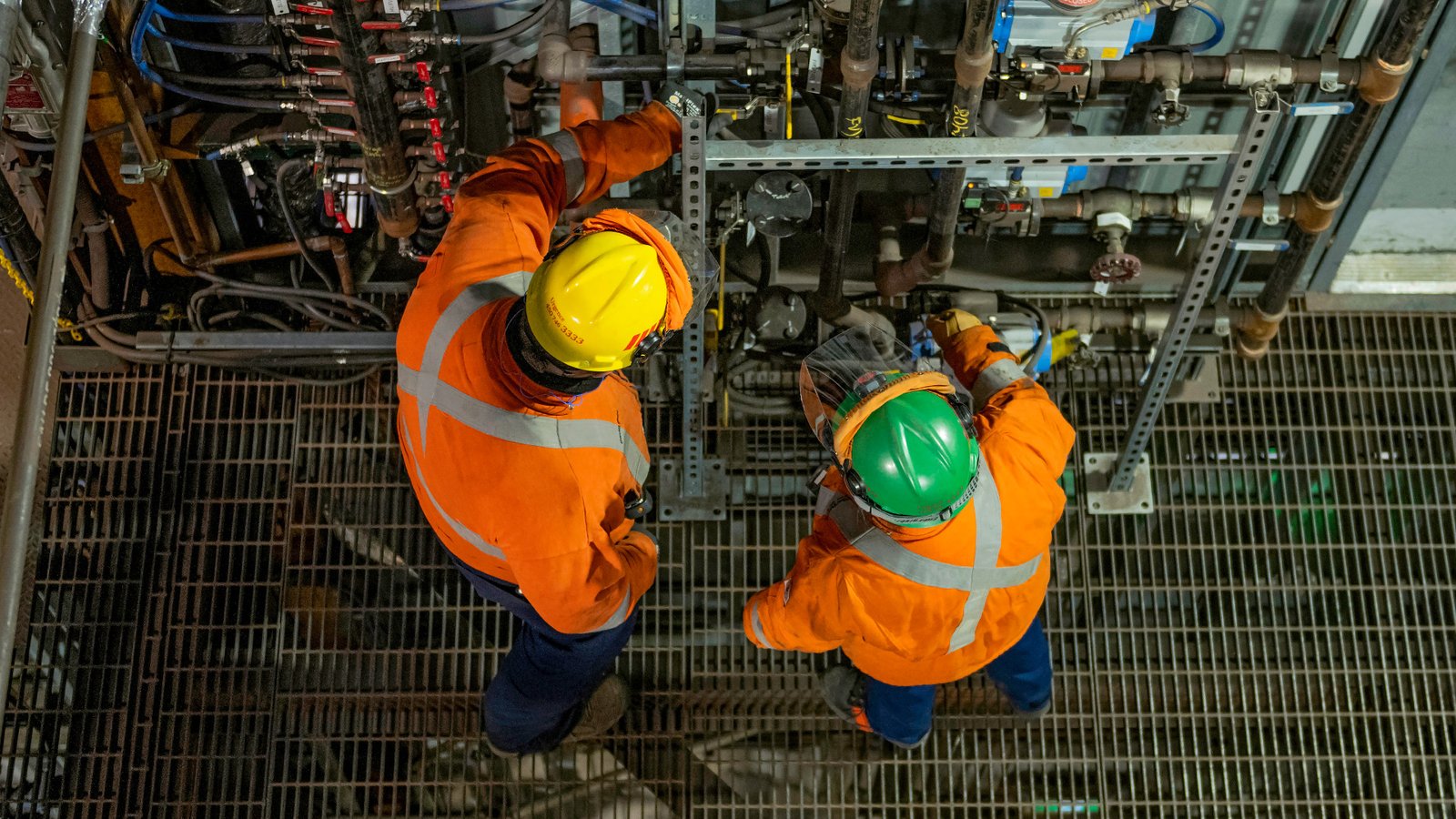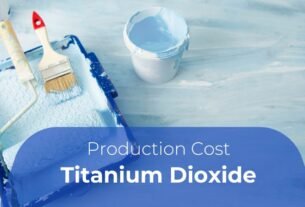Our BlueSmelting technology could drastically reduce carbon emissions during ore processing
LAST UPDATED: 23 JULY 2024
A team of our Canadian scientists has been researching a way to drastically reduce carbon emissions while producing titanium dioxide – a sought-after material for the energy transition.
In 2023, they transformed their big idea into a full-scale, operational demonstration plant – the largest of its kind in the world – capable of producing up to 40,000 tonnes of ilmenite ore a year with drastically fewer emissions.
This new technology, known as BlueSmeltingTM, could reduce carbon emissions from ilmenite-processing at our Iron and Titanium (RTIT) Quebec Operations in Sorel-Tracy, Canada, by up to 95% – the equivalent of removing 145,000 cars from the road.1
In a nutshell
- The BlueSmelting technology can enable the production of high-grade titanium dioxide feedstock, steel and metal powders with a drastically reduced carbon footprint.
- When fully implemented, the BlueSmelting project has the potential to reduce up to 70% of RTIT Quebec Operations’ global greenhouse gas emissions.
- The BlueSmelting facility is the largest demonstration plant in the world using this technology.
Making the switch from carbon to hydrogen
We process ilmenite ore to produce titanium dioxide feedstock, which is used to create a fine, white powder that’s been a primary ingredient in products like sunscreen, toothpaste, paint and cosmetics for over a century.
Titanium dioxide absorbs ultraviolet rays and reflects light, so it’s increasingly being used in new carbon emission reduction technologies – like paint used on buildings to reflect heat and reduce energy use.
But the way we produce our materials is just as important as the products they’re eventually used in. The demonstration plant at RTIT Quebec Operations is implementing BlueSmelting, developed in-house at our Critical Minerals and Technology Centre in Sorel-Tracy, to use less coal during ilmenite-ore processing.
We currently use coal to reduce the ore, but with BlueSmelting, we can either recycle smelter gas – a mix of carbon dioxide and hydrogen generated by our reduction furnaces – or use pure hydrogen.
We’re running a pilot to validate whether BlueSmelting is viable at scale and safe to produce this way.
This process would add a pre-reduction step in the traditional process, which uses less coal and electricity in the reduction step. This technology can either use recycled smelter gas or green hydrogen, and we’re also exploring sustainable biomass as an alternative to coal.
Not only does this mean we are recycling smelter gas, but using an existing process also helps to derisk the transition to hydrogen.
We know we need to work fast to achieve our ambitious emissions-reduction targets, so we’re rolling out the project in 2 phases.
“We took a mature technology that we are using in a different context, and moved it to smelting,” Didier Arseguel, RTIT Vice President Technology and Program Lead for Minerals Processing Decarbonisation, says.
“Not only does this mean we are recycling smelter gas, but using an existing process also helps to derisk the transition to hydrogen.”
Hydrogen can be volatile to work with, so we’re prioritising safety and collaborating closely with world experts and companies who work regularly with hydrogen to design processes based on their best practices and experience.
Partners make ambitious projects possible
The BlueSmelting demonstration plant is the largest of its kind in the world to use this technology.
We have an ongoing partnership with the Government of Canada to invest up to C$737 million (US$537 million) until 2030 to decarbonise our RTIT Quebec Operations. This partnership was instrumental in the plant’s construction.
But exceptional community engagement and collaboration between local suppliers and the site team made it possible on such short timeframes.
“Some reactors and parts were delivered to us literally hot off the welding press for installation,” Didier says.
“We had local contractors working day and night, and we were so pleased to see such collaboration between local entrepreneurs who put competition aside and combined their workforces so we could meet our construction requirements.
“Everyone was proud to say that they were going to be part of such an important Sorel-Tracy project, and we couldn’t have delivered it on time without their hard work and enthusiasm.”





